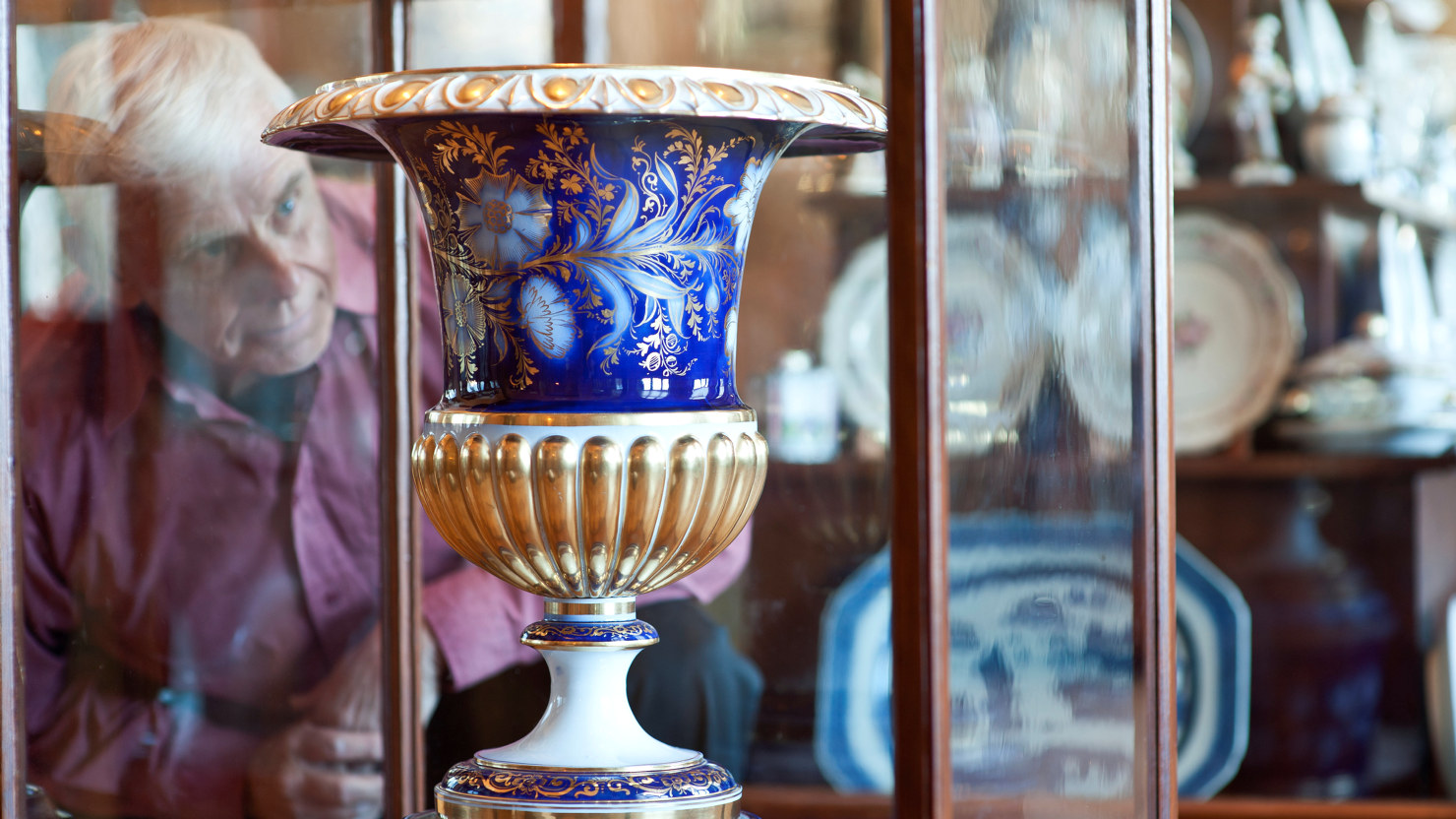The Social Journey

The museum's founder, Adolf Andersohn, grew up in modest circumstances but had the ambition at an early age of somehow supporting his hometown. He also had a growing fascination for art and culture. The exhibition called The Social Journey shows Andersohn's magnificent collection of glass and ceramics, in the same format as it was when the museum opened in 1891. This exhibition illustrates Andersohn's interest in art and culture as well as his social commitment to providing cultural objects for everyone to see. In the detailed sections of the exhibition you can follow Andersohn's own social journey as well as the social journey that Vänersborg and Sweden were making in the 19th century.
The founder of the museum, Adolf Andersohn had a vision of the museum as a place where people who were less privileged would get a chance to see beautiful and spectacular objects in an extraordinary environment - a place of reflection and enlightenment. Perhaps this was the main purpose of the porcelain exhibits. In this display, one can see faience, porcelain, ceramics, stoneware and earthenware as well as plates, saucers, cups, urns and figurines of glass. One can also enjoy the East Indian Qianlong china, the hand painted tea china from Sevres, France, Meissen figurines, urns from Marieberg, plates from Rörstrand and stoneware pieces from Germany. In this exhibition, the balance between shape and colour is intended to create a pleasant atmosphere in which fine examples of both Chinese and European art and porcelain are displayed.
Furthermore, the exhibition displays examples of older Swedish and German pewter and brass items such as candlesticks, presenter plates and snuff boxes. Also on display is a high quality chest of drawers from the Gustavian period. The chest was owned by the Alströmer family, as is seen in the intarsia depicting the alstroemeria flower.






